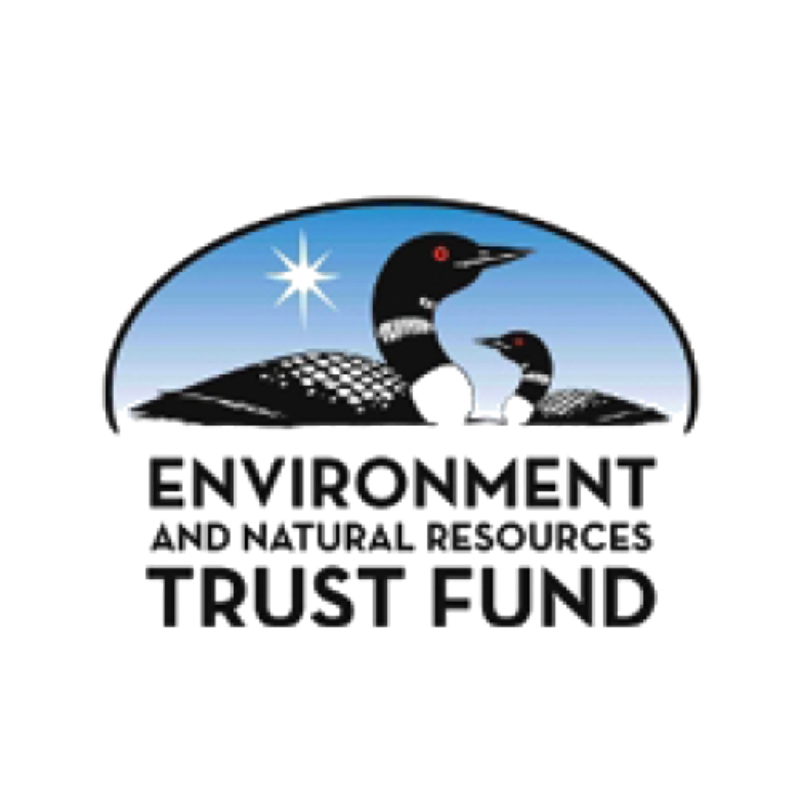This tool contains information on plants native to MN that are generally commercially available. It is meant to help project planners identify plants that are most likely to thrive given each project’s unique mix of site characteristics and design criteria. It contains a number of optional filters to help select appropriate plants. There is no need to mark every checkbox or define every range in each filter category; you can just use the filter categories that best help “define” your project site and design intentions. Hover your mouse over a filter category for its definition, or learn more about the terminology and data sources used by the Plant Finder through the link below.
About the Plant Finder MAP OF MN ECOREGIONS MN NATIVE PLANT NURSERIES
This project was supported by the University of Minnesota Water Resources Center through an appropriation from the Clean Water Fund established by Minnesota Clean Water Land and Legacy Amendment and from the Minnesota Stormwater Research Council. Information and photos were collected or supplied from many sources, including Plants for Stormwater Design: Species Selection for the Upper Midwest, the USDA and USFHA Ecoregional Revegetation Application, Minnesota Wildflowers, and the DNR Minnesota Biological Survey with funding from ENRTF. The State of Minnesota and DNR hold a copyright to the pollinator information provided.




